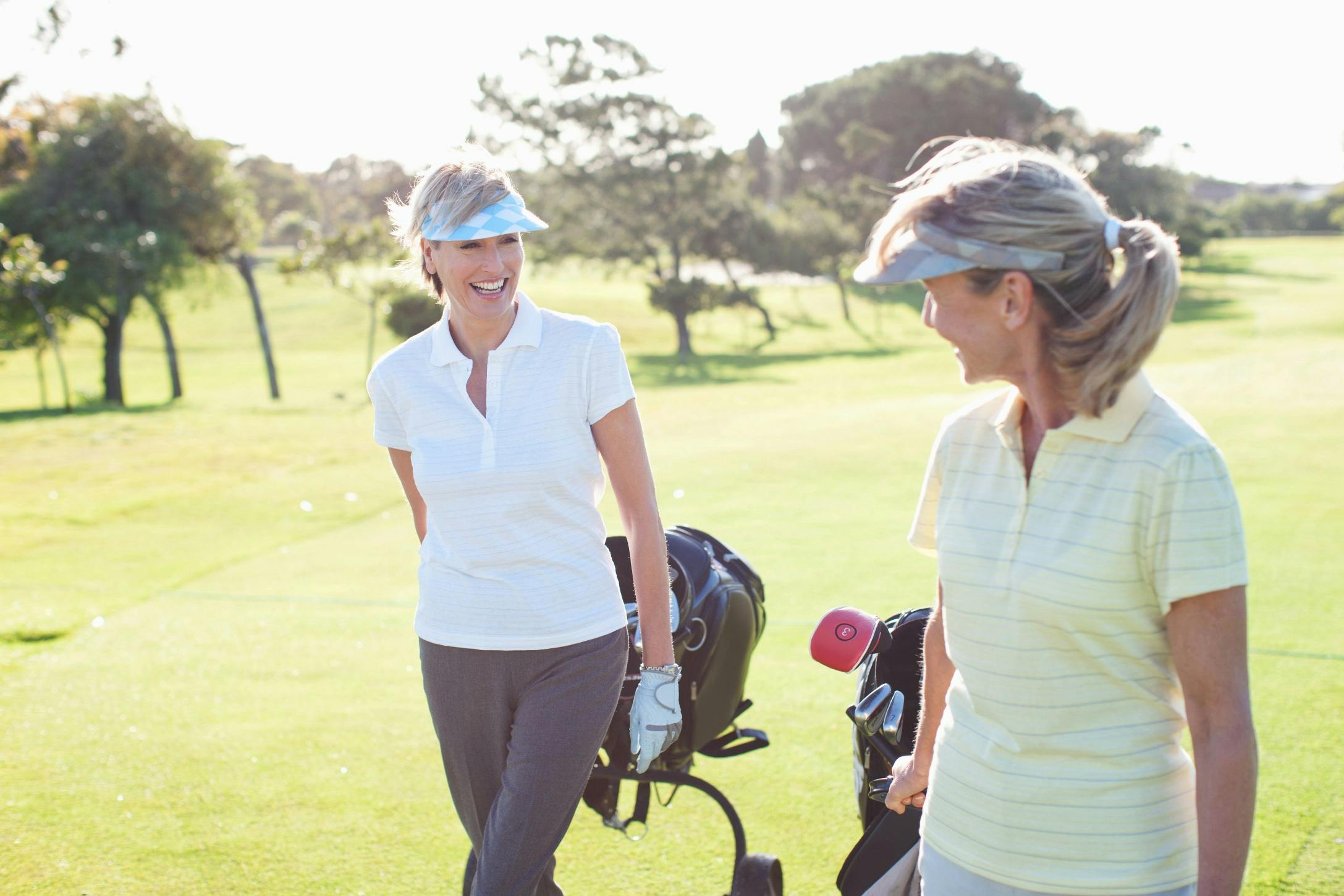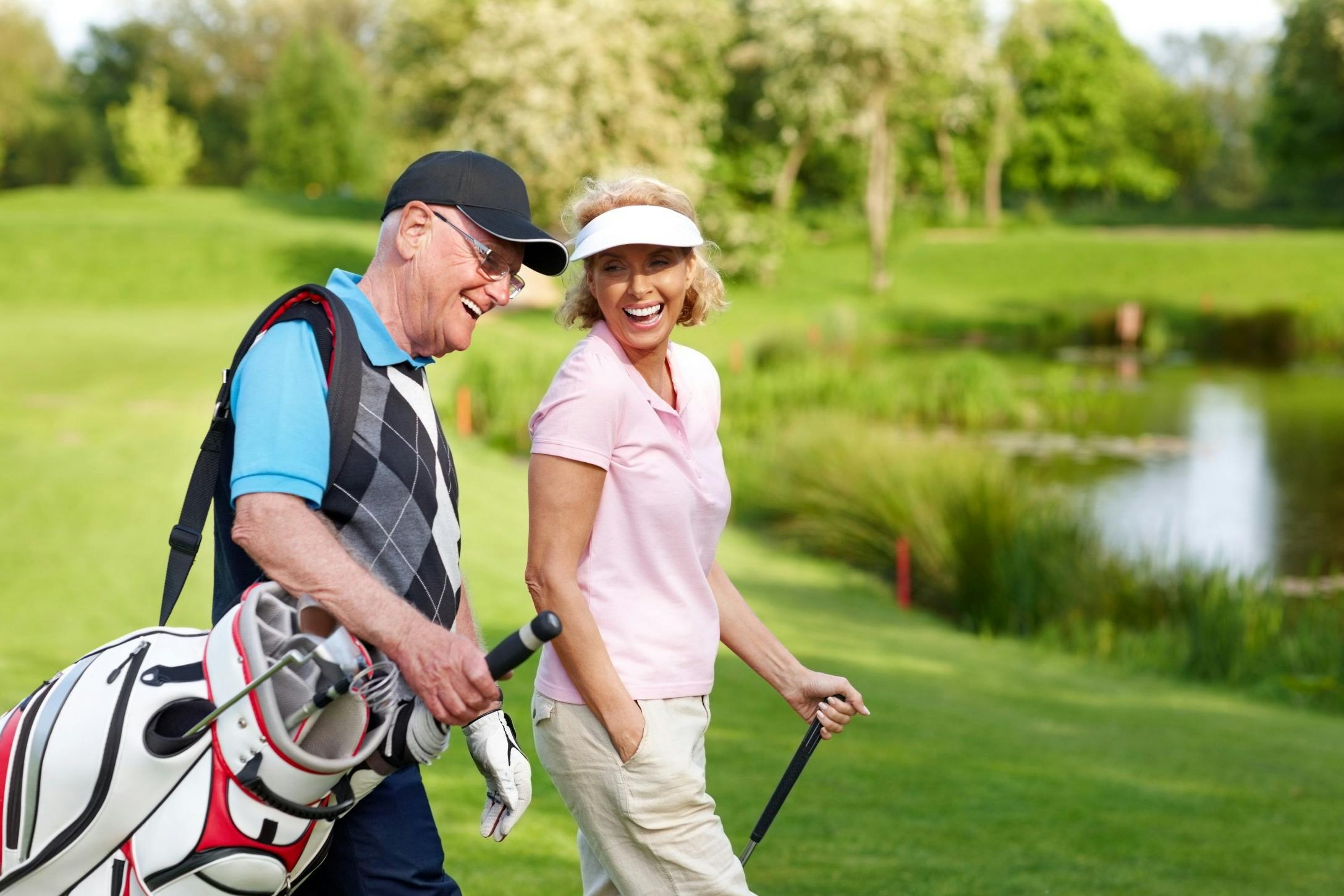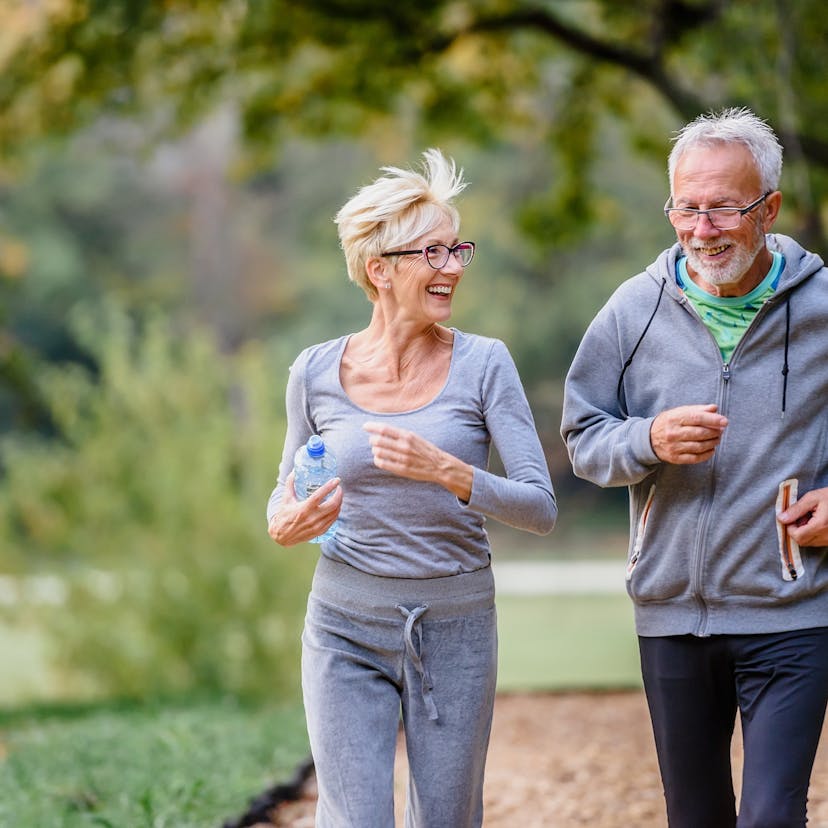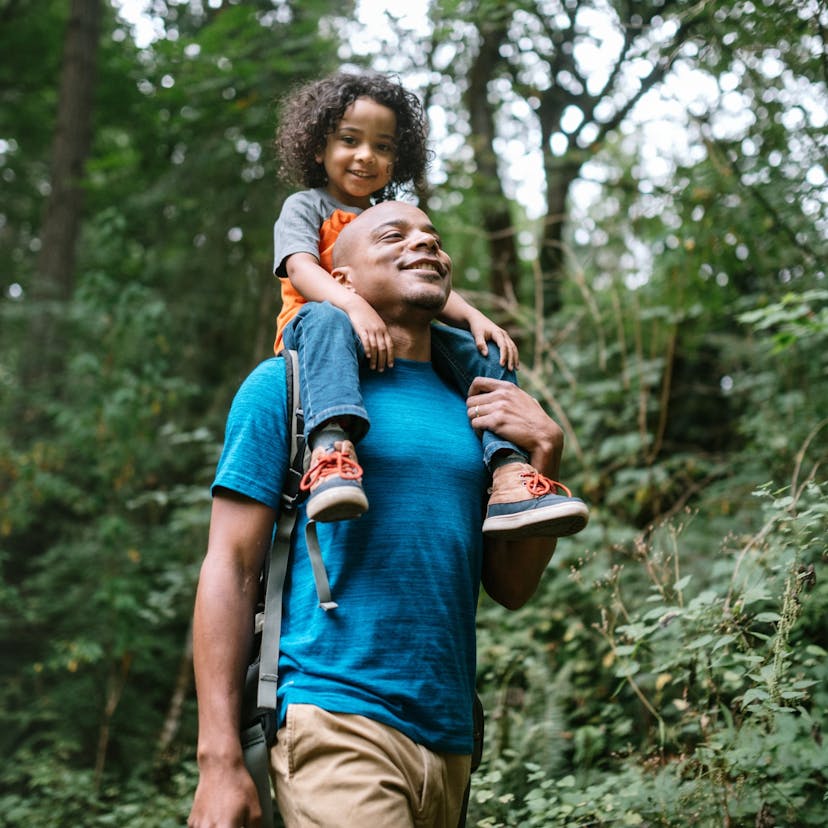Top Golf Injuries & Surgery-Free Pain Relief
Discover the most common golf injuries and how to promote the body’s natural ability to heal itself, promoting long-term health and relief.

There’s nothing quite like standing at the tee, watching your ball bounce softly on the green — or better yet, sinking that perfect hole-in-one. Unfortunately, injuries can cause you to cancel tee times and avoid the driving range.
Whether you want to get back into your casual vacation round of golf, re-join your weekly tee time, or really start putting in the work to improve your golf game, don’t let these common golf injuries keep you sidelined.
5 Common Common Golf Injuries

Healing allows you to get back on the course and enjoy the game you love.
1. Back Pain
Improving your golf swing takes hours of practice. Unfortunately, lower back pain is the most common injury suffered while playing golf. All that time spent swinging your club, trying to perfect your swing, can lead to painful injury.
Because when an athlete has issues with “weight shift, lubar positioning, and pelvis sequencing,” during their swing, it can force the body to move in completely unnatural ways. Achieving the ideal fluid motion can remove this stress, but achieving that swing can be difficult, if not impossible. Furthermore, the damage is already done.
2. Rotator Cuff Tendonitis
Avid golfers can also develop rotate cuff pain, which frequently presents as rotator cuff tendonitis. Like back pain, pain in the rotator cuff is associated with overuse. Small bits of the rotator cuff can be scraped away or warped with constant use.
The following are believed to help golfers prevent rotator cuff injuries:
- Correct form
- Regular strength training
- Stretching
3. Golf Elbow (aka Tennis Elbow)
In addition to developing tendonitis in the rotator cuff, golfers can develop tendinitis in the elbow. This type of injury is most commonly associated with tennis, which is why it’s referred to as Tennis Elbow. However, golfers can experience the same painful occurrence.
4. Wrist Tendinitis
The wrist is another area of the body that can frequently become fatigued and overused when practicing your golf swing. Inflammation can often occur. The small ligaments, tendons, and delicate bone structure can be warped and damaged due to overuse.
5. Knee Pain
Though often overlooked, the lower body can also take a beating during golf. The knees are used to stabilize hip rotation at the beginning of the swing, which can place excess stress and strain on the knees. This can become more acute with increased practice and age.
Popular Health Tips
Traditional Pain Relief for Golf Injuries
Traditional treatment remedies for common golf injuries include:
- Rest
- Anti-inflammatories
- Cortisone injections
- Pain killers
- Surgery
In some cases, pain relief and recovery require surgery. For instance, when a ligament is completely torn, it can leave the patient with extremely limited mobility. Surgery is the only way to re-attach the ligament in such an instance.
However, surgery presents risks:
- Patients can have an unpredictable response to Anesthesia
- Blood clots may occur during or after surgery
- Infection can occur after surgery
- Cutting into healthy tissue could cause new damage
Plus, the surgery could be ineffective.
What about anti-inflammatories, cortisone injections, and painkillers? These chemical painkillers can provide immediate relief. Unfortunately, they don’t address the cause of the pain. Rather, they mask the pain. This can allow a patient to push further than they should, often resulting in more injury.
Prolotherapy Can Promote a Non-Invasive Alternative to Pain Relief
The earliest report of prolotherapy was in the 1930s. Earl Gedney, DO, a general surgeon at the Philadelphia College of Osteopatic Medicine, used prolotherapy to help heal a hurt thumb. Dr. Gedney found that prolotherapy is a non-invasive treatment that helped trigger his body’s natural healing process.
The approach is quite simple. A small irritant is injected at the site of the pain, such as within the knee or shoulder. The injection alerts the brain that there is something wrong with this particular body part. The brain then stimulates a targeted effort to re-grow the muscles, ligaments, and tendons in this area of the body.
A 2014 retrospective study evaluated the effectiveness of prolotherapy in resolving pain and stiffness. It found that:
- There were no noted side effects of prolotherapy
- Fewer patients required pain medication
- The average length of time between prolotherapy sessions was 14.7 months
- Stiffness decreased following prolotherapy treatments

Rather than expose your body to potentially suffering from invasive procedures and harmful chemicals, prolotherapy can help your body naturally heal itself.
Get Back on the Course
Whether you’re ready to start playing the occasional round of golf with friends again or you want to resume your daily trip to the driving range, it’s never fun to be sidelined by an injury. Schedule a consultation to start relieving your pain and promote a natural path to recovery.






